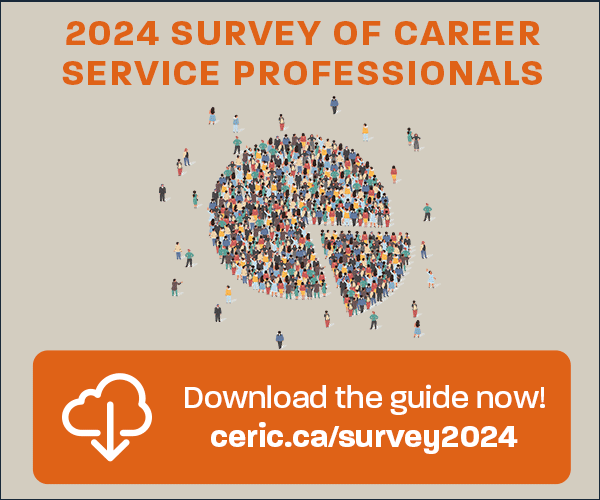Using Portfolios to Direct Workplace Learning
Keywords:
portfolios, direct workplace learning, workplace, learningAbstract
In this article the author discusses three workplace learning paradigms which can be used by both employees and employers to guide the learning necessary to keep the workforce competitive in today’s markets. As a way to operationalize the expectations of these paradigms, portfolios are discussed as a helpful technique to document employees’past learning and to guide their future learning. Further, prior learning assessment recognition is discussed as a way for employers to give recognition to the workplace learning accomplished by employees. The author outlines the essential features, functions and components of portfolios, some non-traditional methods to engage in workplace learning, and describes prior learning assessment recognition and the issues around its use.
References
Barkatoolah, A. (1989). Some critical issues related to assessment and accreditation of adults’’ prior experiential learning. In Susan Warner Weil & Ian McGill (Eds.). Making sense of experiential learning: Diversity in theory and practice. Philadelphia, PA: SRHE and Open University Press.
Boud, D. & Walker, D. (1993). Barriers to reflecting on experience. In David Boud, Ruth Cohen & David Walker (Eds.) Using experience in learning. Philadelphia, PA: SRHE and Open University Press.
Canlearn interactive (2001). Prior learning assessment and recognition. [www.plar.com/skills_knowledge/what.html]
Collin, A. & Young, R. A. (Eds.). (2000). The future of career. (pp. 1 - 17). Cambridge, UK: Cambridge University Press.
Conference Board of Canada (1993). Employability skills profile. [www.conferenceboard.ca/nbec/eprof-e.html]
Danielson, C. (1996). Enhancing professional practice: A framework for teaching. Alexandria, VA: Association for Supervision and Curriculum Development.
Doyle, M. (2000). Managing careers in organizations. In Audrey Collin & Richard A. Young (Eds.). The future of career. (pp. 228 - 242). Cambridge, UK: Cambridge University Press.
Fostering a profession: Canadian Standards and Guidelines for Career Development (1999). [icdl.uncg.edu./ft/050200-07.html]
Henry, J. (1989). Meaning and practice in experiential learning. In Susan Warner Weil & Ian McGill (Eds.). Making sense of experiential learning: Diversity in theory and practice. Philadelphia, PA: SRHE and Open University Press.
Inman, P. & Vernon, S. (1997). Assessing workplace learning: New trends and possibilities. In Rose, A. D. & Leahy, M. A. (Eds.)(1997). Assessing adult learning in
diverse settings: Current Issues and approaches. Jossey-Bass Publishers: New Directions for Adult and Continuing Education No 75 Fall 1997.
Law, B. (2000). Learning for work: Global causes, national standards, human relevance. In Audrey Collin & Richard A. Young (Eds.). The future of career. (pp. 243 - 258). Cambridge, UK: Cambridge University Press.
MacIsaac, D. & Jackson, L. (1994). Assessment processes and outcomes: Portfolio construction. NewDirections for Adult and Continuing Education, 62, 63-71.
Mann, C. M. (1997). Prior learning assessment: US experience facilitating lifelong learning. [www.apec-hurdit.org/lifelonglearning-book/mann.htm.]
Michelson, E. (1997). Multicultural approaches to portfolio development. In Rose, A. D. & Leahy, M. A. (Eds.) (1997). Assessing adult learning in diverse settings:
Current Issues and approaches. Jossey-Bass Publishers: New Directions for Adult and Continuing Education No 75 Fall 1997.
Rifkin, Jeremy (1995). The end of work. New York, NY: G.P. Putnam’s Sons.

Downloads
Published
How to Cite
Issue
Section
License

This work is licensed under a Creative Commons Attribution-NonCommercial-NoDerivatives 4.0 International License.
















